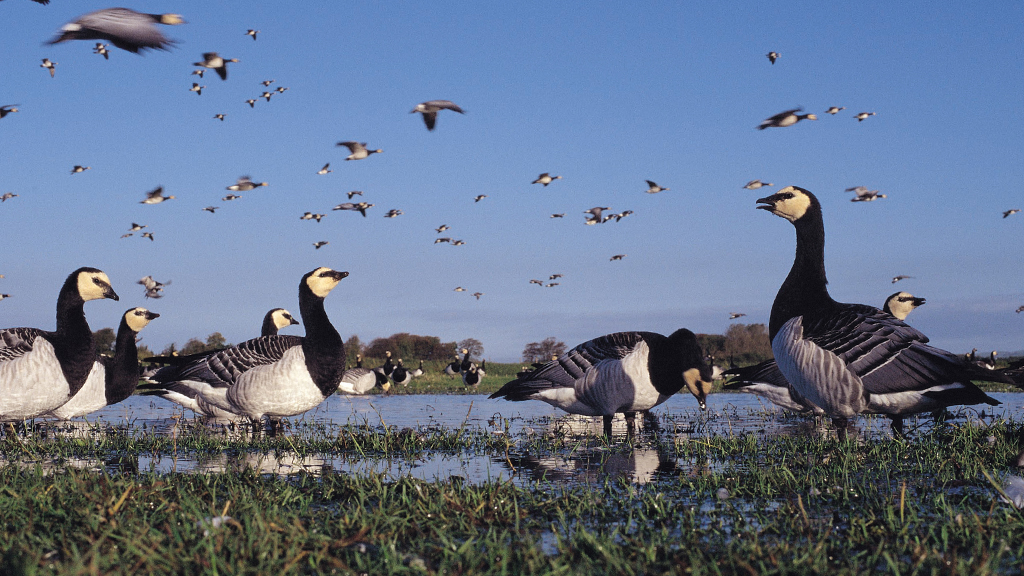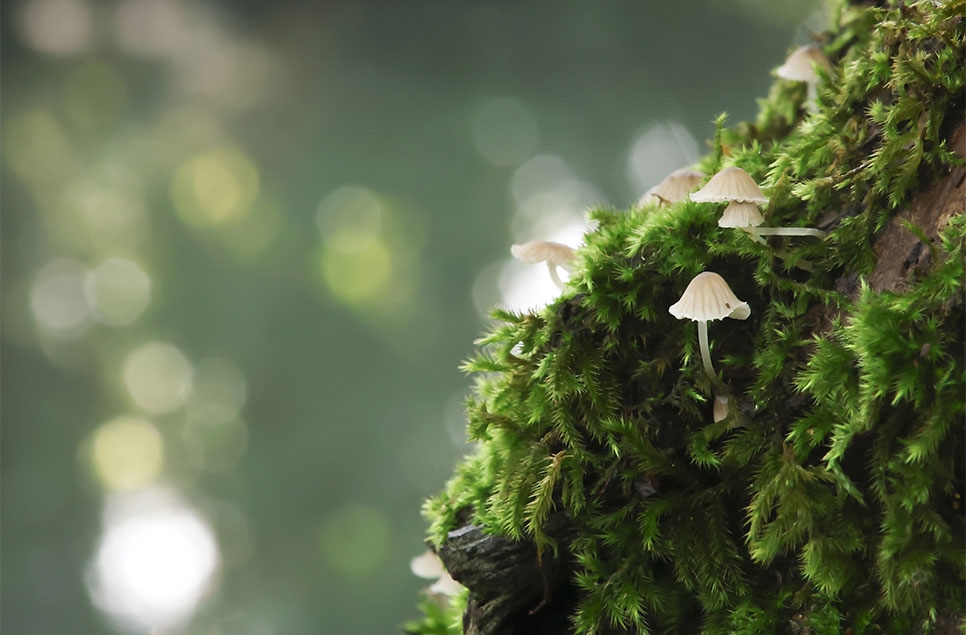Behind the scenes on our reserves
It’s the end of the summer, the air feels softer and the mornings cooler. Over the last few months our reserves have been packed with visitors, our teams busy with activities like pond dipping and meet the keeper talks.
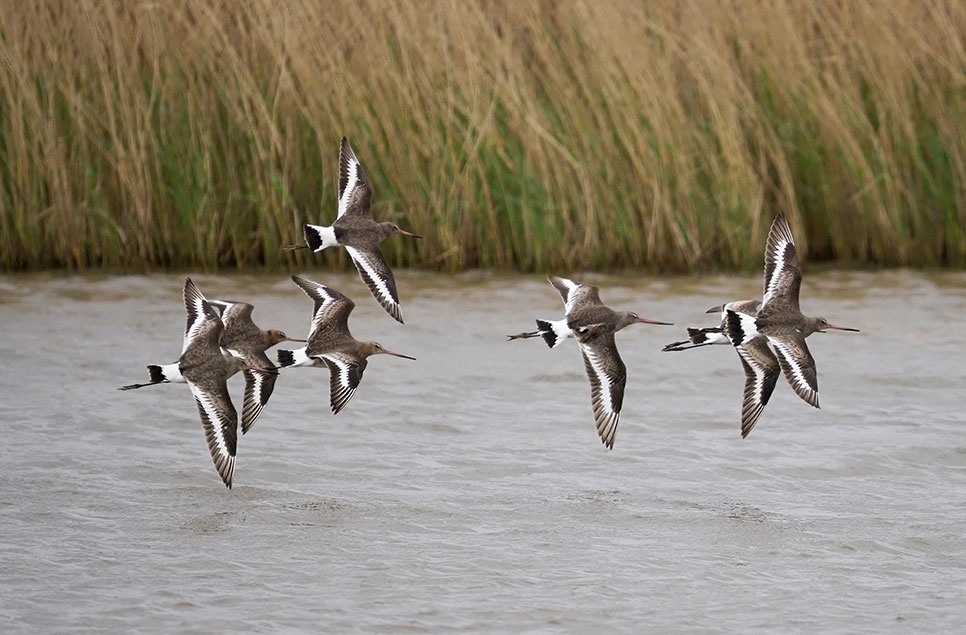
Behind the scenes our reserve teams have been keeping everything going, managing our beautiful wetlands so they not only look amazing but provide the perfect habitat for wetland wildlife.
Creating the perfect habitat
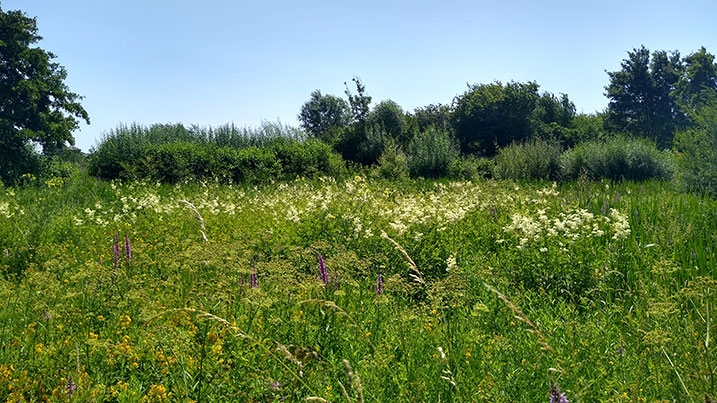
It’s been an amazing summer for wildflowers at WWT London. Over the summer months the wader scrape has become inundated with purple loosestrife due to water shortages last year. The resulting drop in water levels means this lovely wetland plant has been able to colonise new areas of the wader scrape, but not necessarily where we want it growing!
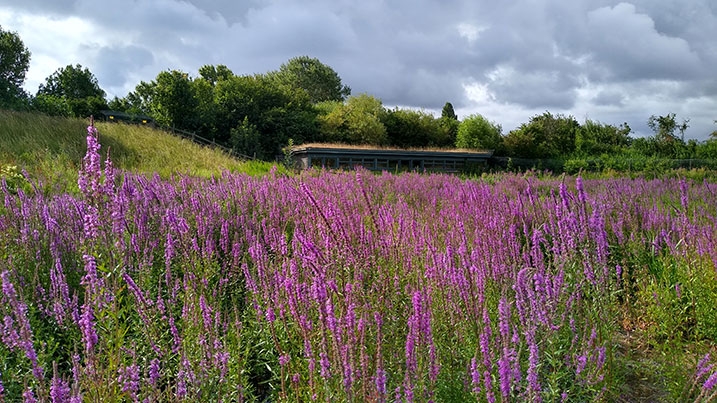
The abundance does have it bonus points, purple loosestrife is a fantastic nectar source for lots of different bee species and other insects. Reserve staff and volunteers, plus multiple corporate work groups, are hard at work trying to clear the loosestrife for the autumn migrant waders that need open, muddy ground to feed in. This important (and muddy) work not only makes the habitat much more welcoming for wildlife over the autumn months, it also means visitors will get great views of the birds once they arrive.
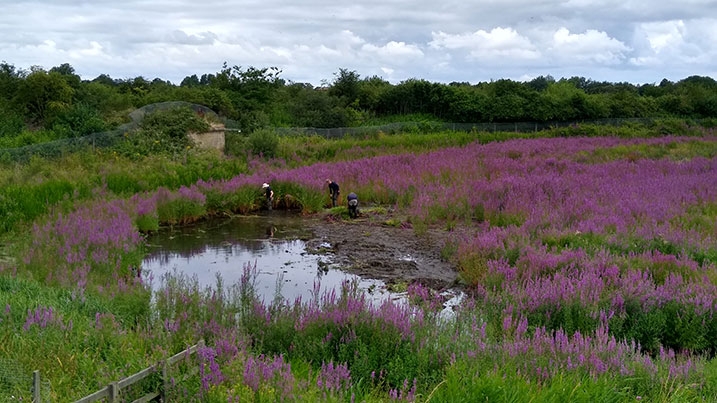
Throughout August the cutters are brought on to the wader scrape to clear away even more of the unwanted plant growth, to further improve the habitat for our autumn visitors (both human and feathered). There’s plenty of work to be done on the main lake islands too. Lots of cutting and boating to clear vegetation off and make them perfect for wintering duck and passage autumn waders.
Wader species that we hope will drop in include black-tailed godwit, green sandpiper and snipe. All this work also gets the scrape ready for wintering duck like teal, shoveler, gadwall and wigeon.
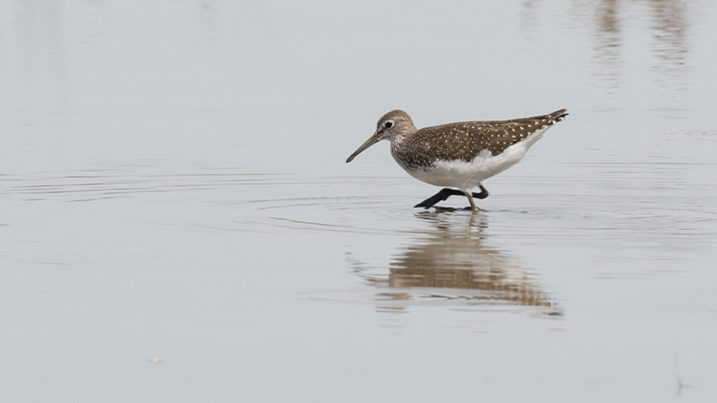
Cutting back summer vegetation
On all our reserves cutting back summer vegetation is a big job at this time of year. At WWT Slimbridge the reserve team have been working on the Top New Piece to prepare for the returning dunlin and other waders. They also did the first cut in the Rushy in late July. Part of this work is about keeping the views clear from the hides, especially the smaller hides, like Knott Hide, that can get buried in over exuberant vegetation.
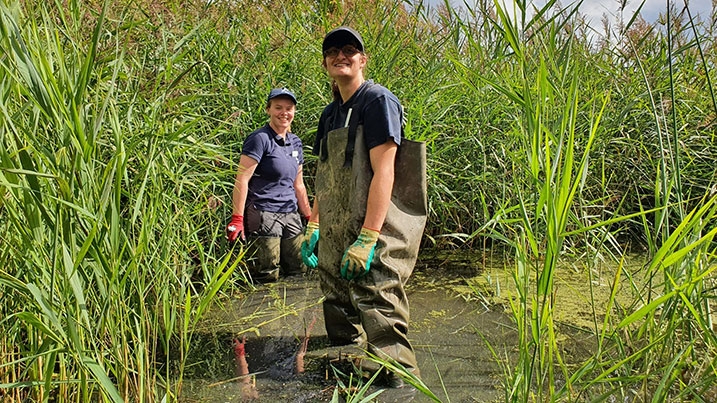
There are still a few late breeding birds to be considered as we go about this work, so everything is carefully planned to minimise disturbance. It’s important to make sure there are other areas of the reserve that can offer refuge to birds and other wildlife whilst we carry out the jobs that need to be done.
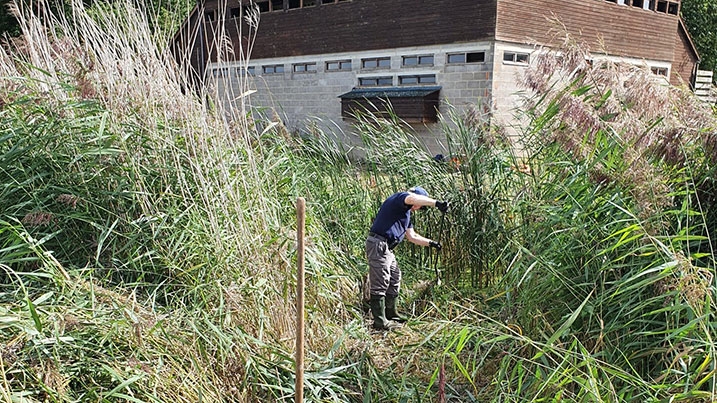
The team typically cut viewing rides into the reeds and emergent vegetation, this creates places for crakes and rails and bitterns to feed where they can be seen from the hides. They also hand weed islands to keep them open, this offers a roost site for waders and terns when they come in over the high tides.
Preparation for autumn stopovers
At WWT Slimbridge the reserve team have been thinking ahead. As summer comes to a close they’ve already begun work to get the reserve stopover ready for migration season. It’s the first step in the winter work we do for the birds that overwinter on the reserve but is really aimed at making it the perfect place for migrating birds to rest and refuel on their long journeys. It also means visitors have the very best opportunity to see them up close.
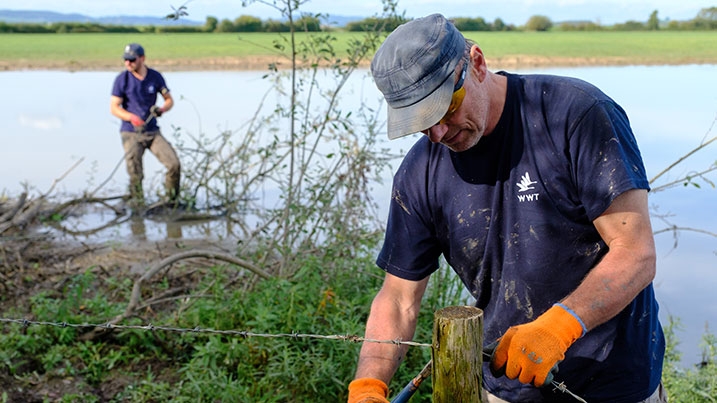
Managing water levels across our reserves is an essential part of the work we do to support the birds that visit us. The team at WWT Slimbridge fluctuate water levels where possible – this helps cater for passage, moulting and feeding waders and wildfowl through the year. Regular flooding ensures that unwanted vegetation doesn’t become established and keeps the mud wet, this is the main ingredient needed for many wetland birds during the drier part of the year as it’s full of life. With rain on so many days this summer they can partially do this using the rather regular deluges and gravity water controls, although it can be challenging to maintain levels during extended dry periods or after very heavy rainfall.
Welcoming our winter migrants
WWT Martin Mere are also preparing for passage waders. The reserve provides the perfect pit stop for them on their long migrations.
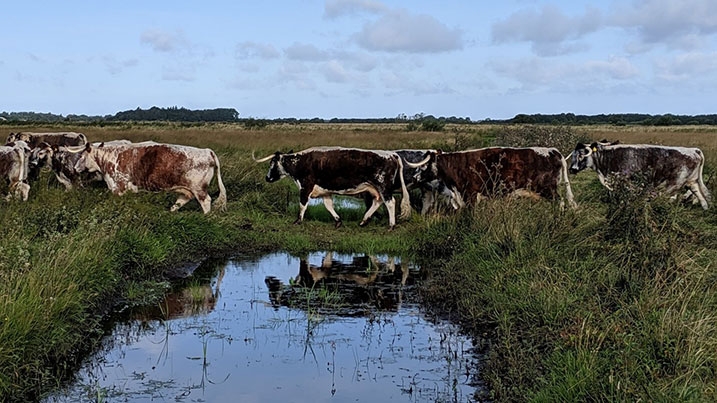
When you visit keep an eye out for green sandpipers, ringed plovers, black-tailed godwits, ruff and possibly something a little rarer.
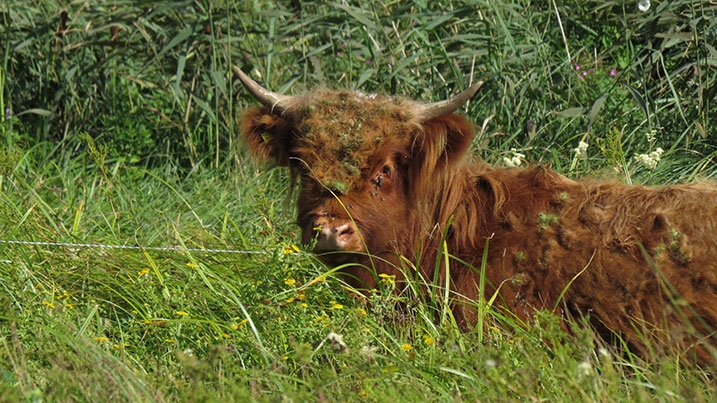
The cattle were out graze on the wet grasslands which visitors could see from the Lapwing and Ramsar hides. They graze the grass in a gentle, sympathetic way making it easier for wardens to do the winter cut and requiring less machinery. The cattle dung also fertilises the ground and provides food and shelter for beetles and other invertebrates, which then become a valuable food source for birds over the autumn and winter.
Wildflower displays
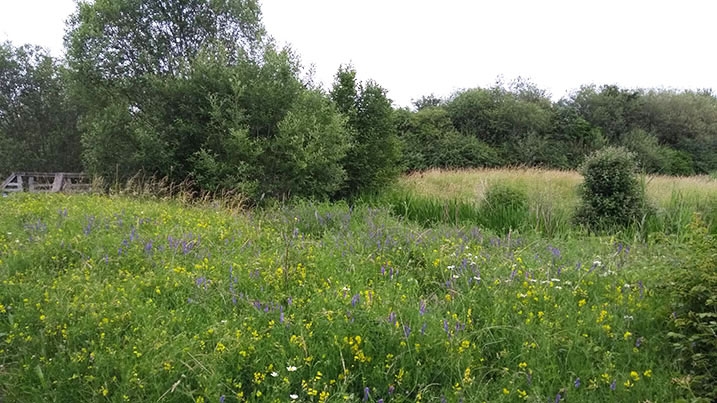
As we mentioned before the wildflowers have been spectacular this summer. The drier grasslands have produced lots of field scabious, tufted vetch, meadow vetchling, great burnet and lady’s bedstraw. The long grasses and field scabious are favourites of some of our most loved butterflies. Marbled white, meadow brown, small copper and three different species of skipper butterfly - the large skipper, the small skipper and Essex skipper – were all seen this summer.
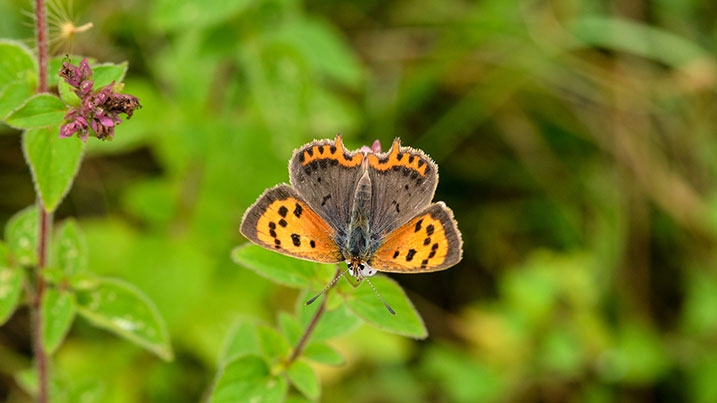
At WWT Arundel waterways have been full of holly leaf naiad over the last few months. This rare aquatic plant flowers underwater and was first recorded on the reserve in June 2015. Botanists were surprised to find it on the reserve as it was previously thought only to occur in parts of the Norfolk Broads. We still don’t know how it made its way to Arundel!
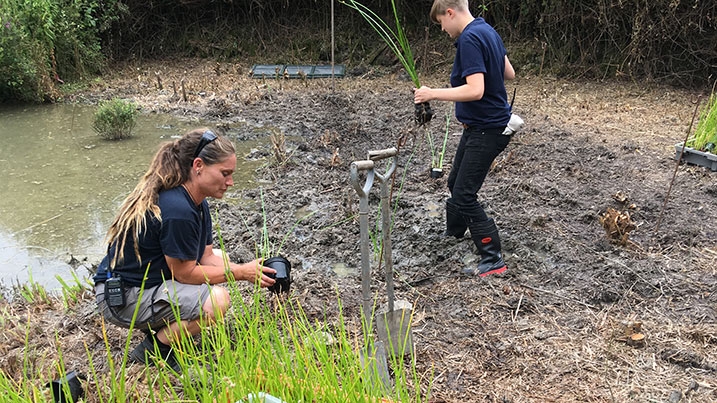
Another delight to see this summer was the triangular club rush - once so rare that it was only found on the Tamar estuary in Devon in a patch smaller than a doormat. This plant thrived in the River Arun over a hundred years ago but habitat and environmental changes meant that growing conditions were no longer favourable for the species. So we’re delighted it’s now growing on the southwest corner of the River Arun.
Come and see the fruits of all this hard work taking place across our reserves to support wetland wildlife, thanks to your support.
Make memorable moments and visit this autumnSupport from players of People's Postcode Lottery helps us care for our reserves and protect amazing wetland wildlife.


